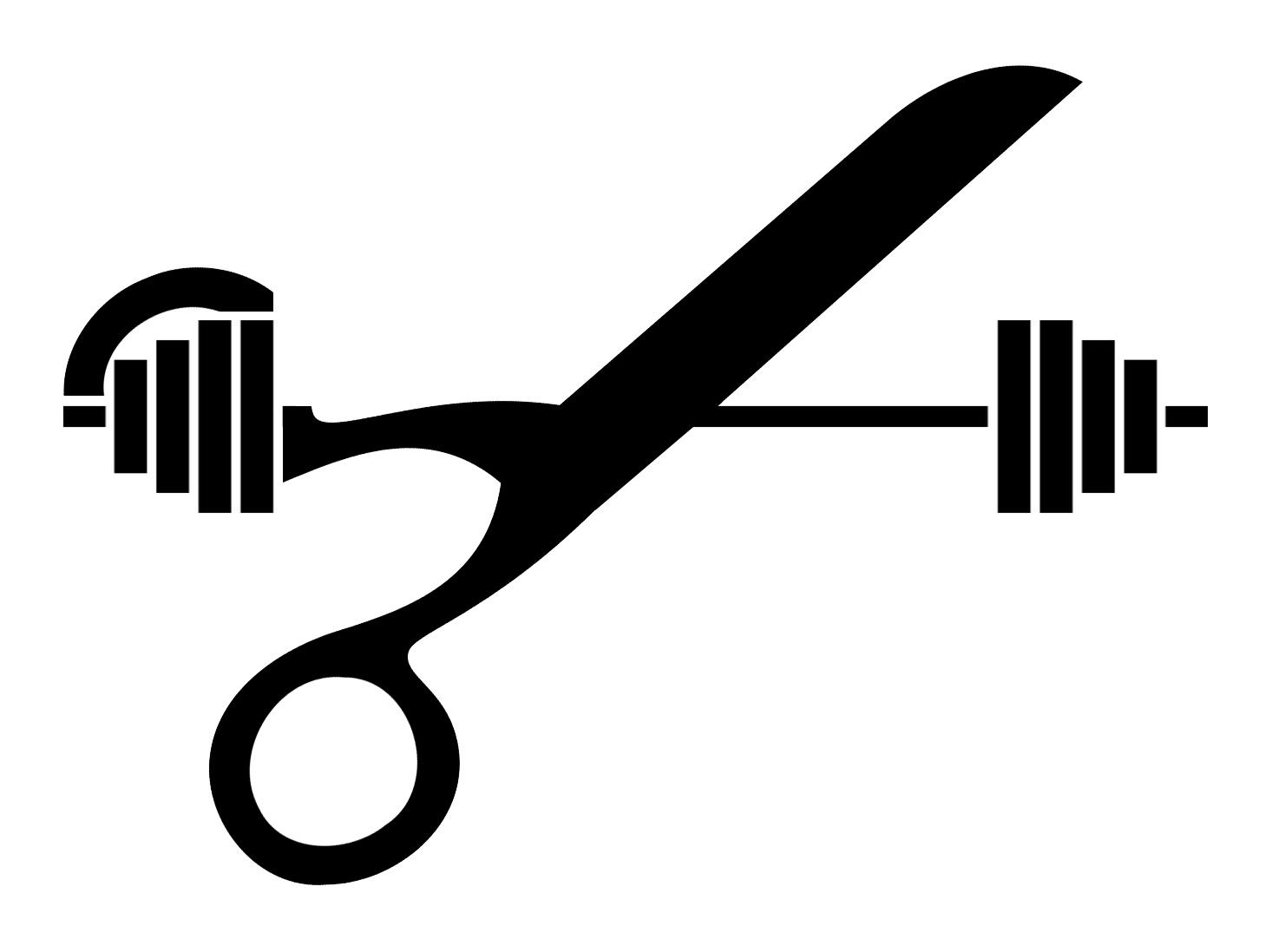https://www.podbean.com/media/share/pb-76e28-e882db
Thanks for joining in for this month’s episode.
I’m back after a small hiatus from Snippit and the next few podcasts will be a mini-series exploring the world of Ischemic Preconditioning. To introduce the topic, I thought it would be best to have someone who is currently studying this area. So in this episode we will be joined by Sam Halley who hopefully by the time this episode airs should have officially completed and be awarded his PhD. His PhD focused on the area of Ischemic Preconditioning (IPC) and this podcast will essentially be 2 parts.
The first section revisits what IPC is, what this means for exercise performance and some of his own work looking at the effect of IPC on nqurmusucalr function during intense exercise. The second part takes the concept of IPC into the real world of sporting performance. It looks at how the application of IPC on kayak 1000m performance.
The advantage of IPC is that it is a passive intervention that comprises of three to four 5 minute alternating cycles of blood flow occlusion and reperfusion across limbs. Exercise performance trials have demonstrated small, albeit inconsistent, ergogenic effects during aerobic and exhaustive tasks. His work with kayak athletes is well worth the listen.
We also discuss how this type of intervention could be of benefit with other athletes and in particular he highlights the potential for big-wave surfers and swimmers. Sam covers a lot in this podcast with a lot of practical take-aways.
If you want to contact him, his details are:
Instagram: https://www.instagram.com/beachshalleyball/
Email: slhalley07@gmail.com
Researchgate: Sam Halley
I hope you enjoyed this episode.
This podcast aired on my other podcast called BFR Radio. The next few episodes will delve into different areas of sports performance and how BFR IPC can assist.
For more information or to order your own set of BFR cuffs please visit my website: www.sportsrehab.com.au
Again, thank you to our podcast sponsor EliteForm, which brings together cutting edge sports science technologies. Please visit https://eliteform.com and check out their products, StrengthPlanner and PowerTracker.
Thanks again for listening. Please check out some of our other content below.
Please subscribe to Snippit:
![]() ► https://snippitscience.podbean.com
► https://snippitscience.podbean.com
![]() ► https://soundcloud.com/snippitscience
► https://soundcloud.com/snippitscience
![]() ► http://bit.do/snippitspotify
► http://bit.do/snippitspotify
![]() ► http://bit.do/snippityoutube
► http://bit.do/snippityoutube
![]() ► http://bit.do/snippitnewsletter
► http://bit.do/snippitnewsletter
![]() ► http://feed.podbean.com/snippitscience/feed.xml RSS
► http://feed.podbean.com/snippitscience/feed.xml RSS
Explore our other content:
![]() ► https://bfrradio.podbean.com
► https://bfrradio.podbean.com
![]() ► https://twitter.com/ChrisGaviglio
► https://twitter.com/ChrisGaviglio
![]() ► https://twitter.com/Jared_CS
► https://twitter.com/Jared_CS
Follow SnippitScience on social media:
► https://twitter.com/snippitscience
![]() ► https://www.facebook.com/snippitscience
► https://www.facebook.com/snippitscience
![]() ► https://www.instagram.com/snippitscience
► https://www.instagram.com/snippitscience
![]() ► https://www.pinterest.com/snippitscience
► https://www.pinterest.com/snippitscience
![]() ► https://snippitscience.tumblr.com
► https://snippitscience.tumblr.com
![]() ► https://www.reddit.com/r/snippitscience
► https://www.reddit.com/r/snippitscience
![]() ► https://snippitscience.wordpress.com
► https://snippitscience.wordpress.com
Please like, share, and comment below, subscribe at the top of the page, and help support the podcast:



